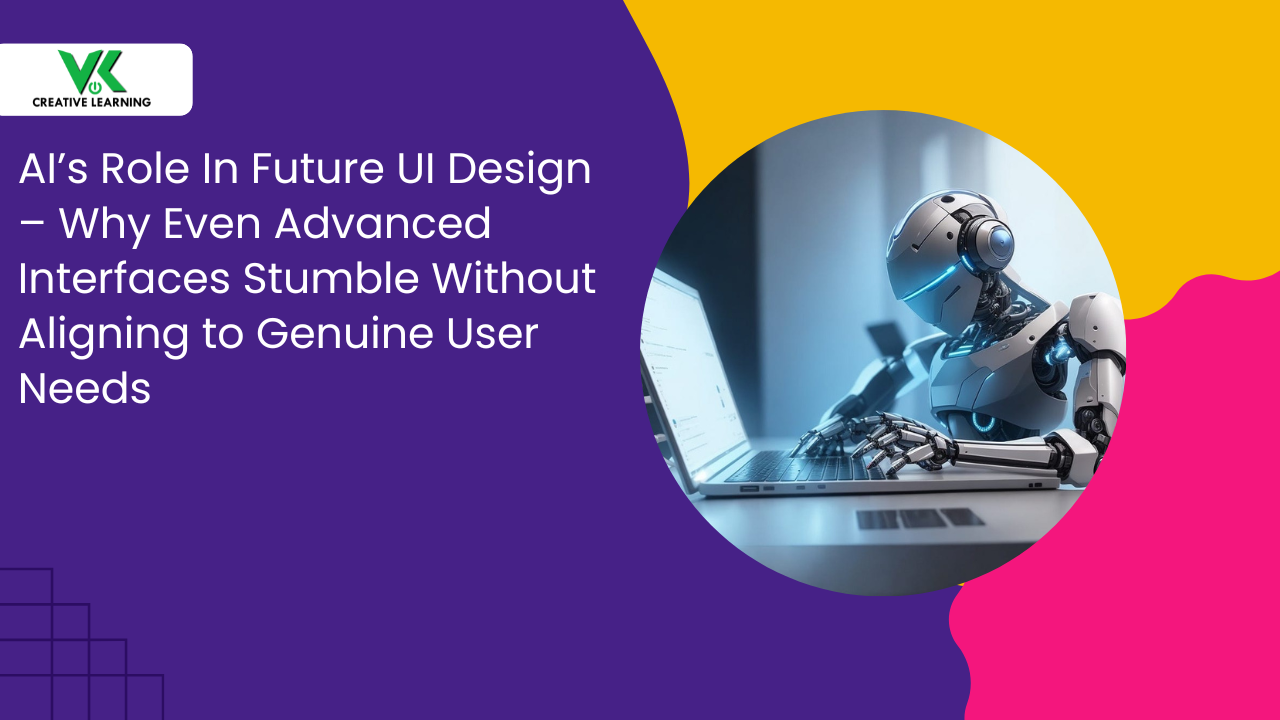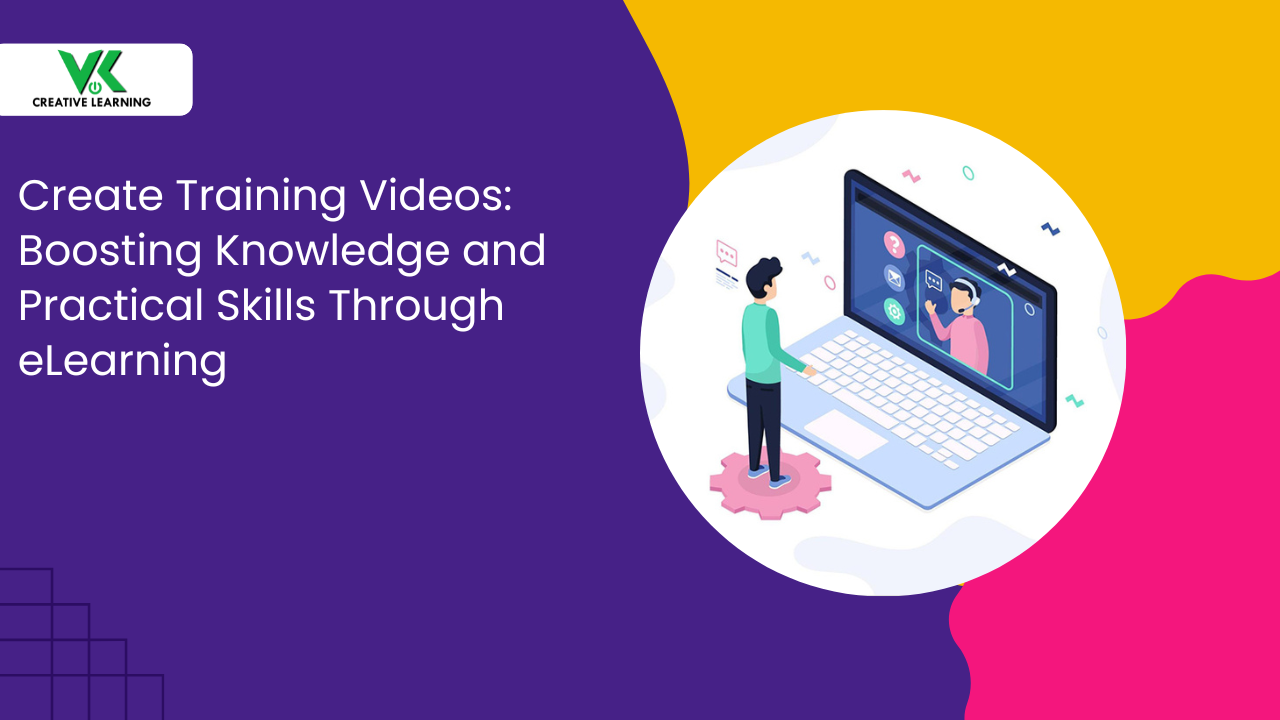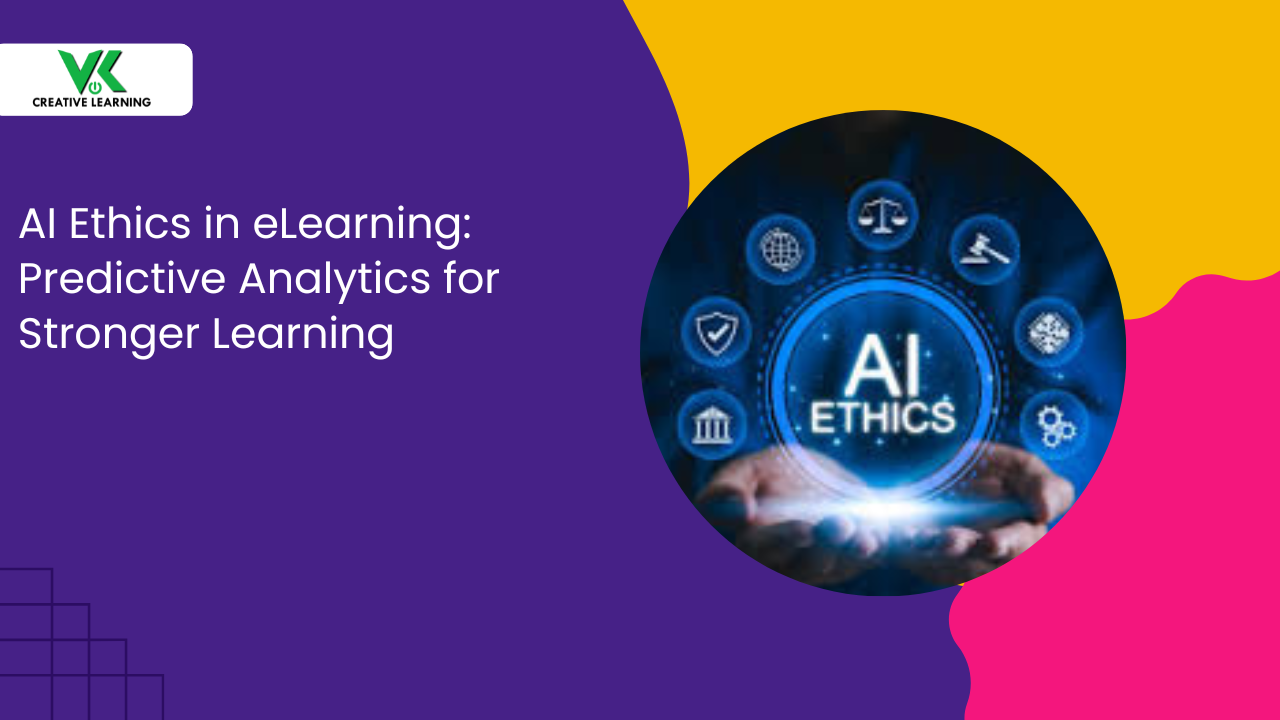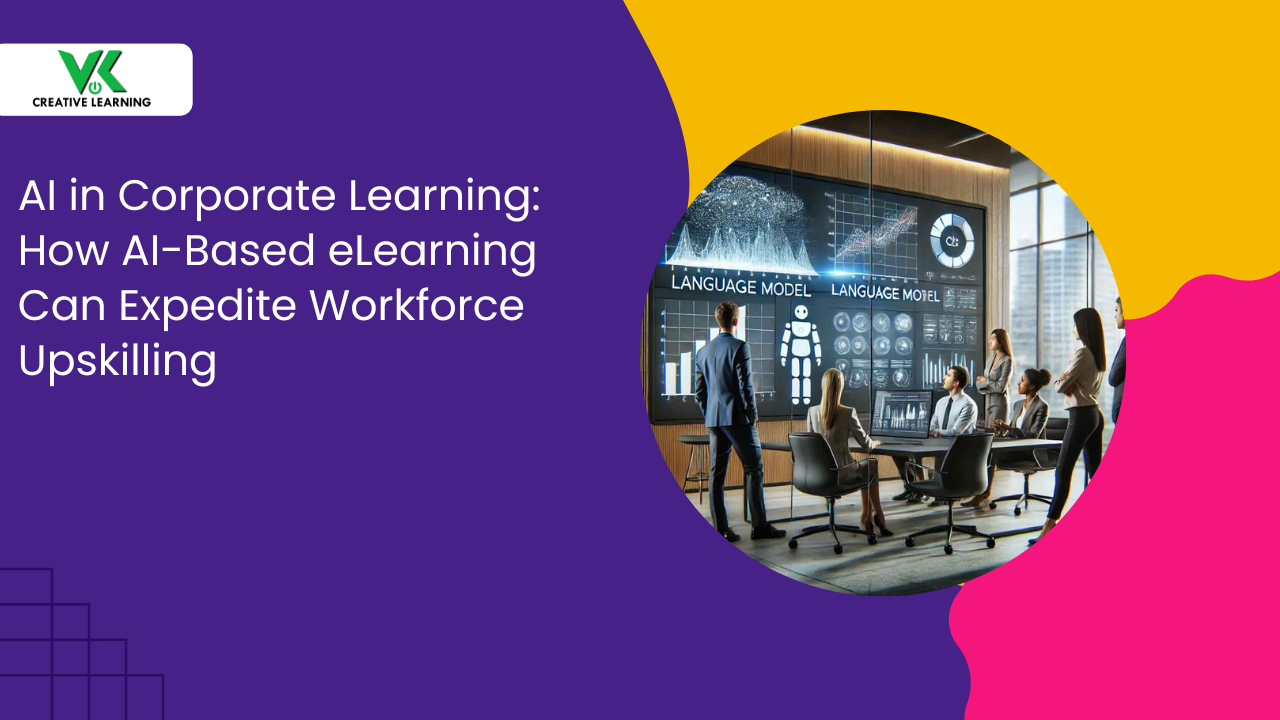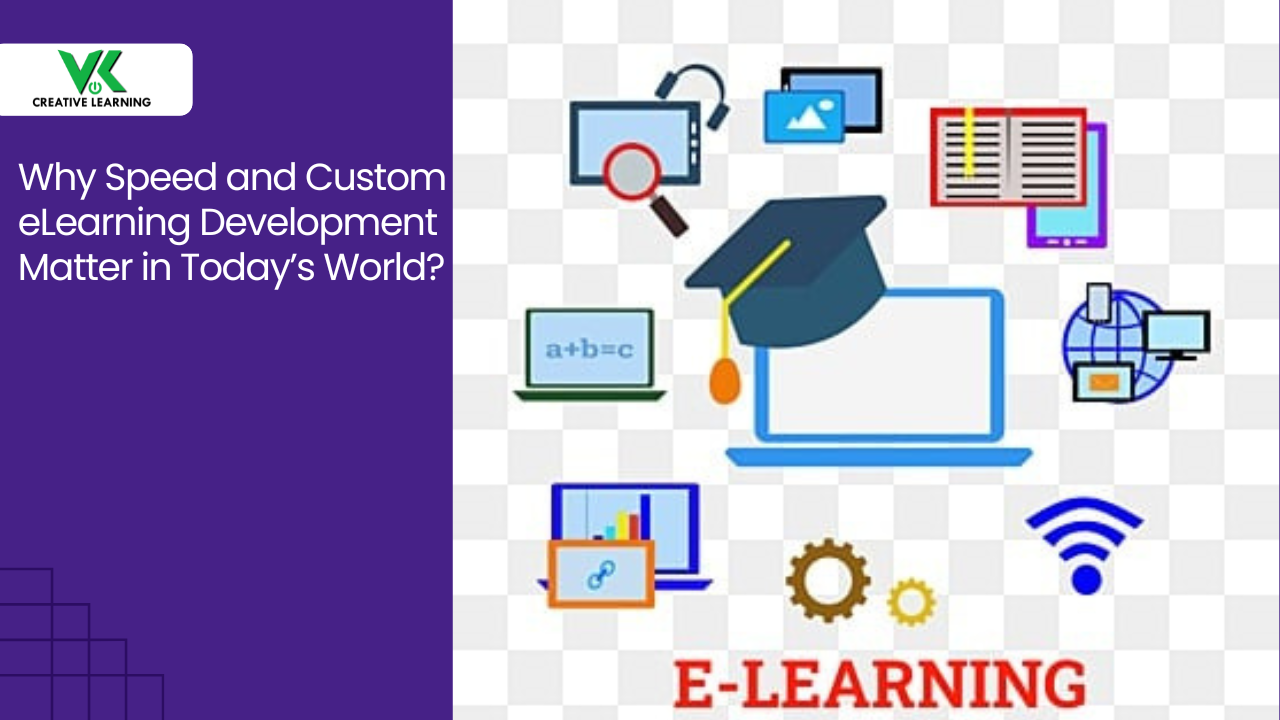What Institutions May Miss About Higher-Ed Accessibility in E-Learning and Solutions
June 26, 2025
Sometimes, institutions may neglect the foundational accessibility needs in higher education or programs related to it in schools. These are the assistive technology integration framework, barrier-free curriculum co-design, and user-experience optimization.
These gaps impede the learners' knowledge acquisition process in many ways. The gaps also include a universal design compliance checklist, adaptive learning algorithm deployment, and accessible content creation pipeline.
Owing to these, another shortcoming is that learners may lose interest and lag academically.
Thus, a necessity to bridge this divide becomes critical so that learning outcomes are not affected considerably. Thus, higher-ed accessibility facilities should be given special consideration.
These accessibility features can be based on priority user-testing protocols, standards-aligned accessibility audit processes, and outcome-driven design iteration cycles.
Additionally, it would encompass inclusive-design strategies that make students in different corners of the world part of the learning process. These can be achieved through learner-centered interface protocols. Along with it, cross-modal content adaptation and organized online learning accessibility development workflows have to be considered.
Such inclusion may render online learning courses with interactive multimedia engagement modules. In addition, participatory feedback loop systems and self-paced assessment frameworks are included.
With these measures in place, institutions can ensure comprehensive accessibility planning and have pedagogy-enhancing advantages.
Table Of Contents:
What Higher-Ed Accessibility in E-learning Means and Its Key Features
What Most Institutions Miss in E-learning Without Higher-Ed Accessibility Services
- Absence of Cognitive Accessibility, Visual and Audio Features
- Structure
- Buttons
- Testing
- Training
- Retrofit
- Fragmented Coordination
Higher-Ed Accessibility Strategies to Overcome Challenges
- Course Conception and Planning
- Validation and Audit
- Training Workforce
- Workshops
- Centralized Support Hub
- Analytics
- Budget Allocation
- Assistive Technologies
Benefits of Higher-Ed Accessibility in E-Learning Courses
- Captions
- Transcripts Usage
- Simulation
- Audio Descriptions
What Higher-Ed Accessibility in E-learning Means and Its Key Features
Higher-ed accessibility, essentially, ensures easy content access for all learners (visual, auditory, motor, and cognitive). Also, it includes multiple content elements like captions and transcripts that provide inclusive design benefits.
Thus, these online learning accessibility features help learners with disabilities too. Moreover, these aspects make certain that participants are active during online learning sessions.
Additionally, when online school programs offer e-learning with captions and audio lectures turn into readable text.
This particular caption-based feature becomes helpful for people with listening-related challenges. Equally, transcripts support review and provide translation for people belonging to diverse regions.
Also, higher-ed accessibility options include the incorporation of an alt text facility. This is very important for understanding images and ensures better screen-reader usability. Furthermore, the inclusion of keyboard navigation also assists individuals with motor-impaired challenges.
Next, the use of adjustable font sizes along with the combination of high-contrast themes will be appealing for visually challenged people. Similarly, the usage of clear headings as well as simple language will aid in quick cognitive processing.
Likewise, higher-ed accessibility options recommend steady navigational features with a user-friendly nature. This particular aspect helps in the retention of difficult concepts. Besides, the addition of audio descriptions in e-learning modules will narrate visual content for learners who have trouble seeing.
Moreover, online learning also provides handy PDFs and 3D explainer videos that blend structured markup and metadata.
Importantly, higher-ed accessibility solutions are built by authoring tools that adhere to standards like WCAG 2.1.
Also, these types incorporate automated checks and manual audits. Hence, these provide quality assurance and compliance with the required criteria. Finally, continuous improvement is part of online learning accessibility solutions that keep courses inclusive.
Furthermore, student feedback is utilized to remedy existing problems with digital modules.
What Most Institutions Miss in E-learning Without Higher-Ed Accessibility Services
There are many ways through which higher-ed accessibility consulting can help institutions to build e-learning solutions. However, if institutions do not consult such services, it may lead to numerous problems. The problems will be in the form of some features missing or difficulty for learners to comprehend the content. These problems have been explained in a detailed manner below:
1. Absence of Cognitive Accessibility, Visual and Audio Features
Institutions often overlook the cognitive accessibility factor (that is: user interface simplicity, information processing support, attention span consideration). Also, the same happens with complex terminology: reading level adjustment, jargon simplification, and clarity improvement. Additionally, dense text in a course overwhelms many -- too much intricate information confuses learners.
Visualization suffers as insufficient multimedia alternatives go missing in conventional learning. Similarly, caption provision, audio description, and text equivalent usage are too absent.
As a result of all these, learning gaps automatically widen; dropout rates spike. Another effect is: underserved learners remain sidelined. This is especially observed when online program access, equitable digital participation, and resource availability are all absent.
2. Structure
Courses that lack semantic structure (navigation aid benefit, content sequence clarity, assistive tech support) also turn into a stumbling block. Additionally, information order accuracy, structure comprehension help, and user experience improvement take a backseat.
3. Buttons
Absence of buttons, links without descriptive labels, further complicates the matter. This, in fact, leads to all sorts of confusion owing to the lack of task completion aid, navigational error factors, and a user-unfriendly interface.
4. Testing
Some institutions may skip testing phases during the K-12 online learning creation process. This would involve iterative trial test methods, a dynamic user feedback loop.
Without these, such online learning may be difficult to execute with disabled learners. Thus, practical usability issues may be ignored during the regulatory audit evaluation model and the standards implementation review process.
5. Training
Also, it may so happen that instructors may lack training in course design, such as an accessible curriculum planning system. This would also include the adaptive course creation process.
In such circumstances, support services may not be able to resolve accessibility bugs: a rapid error resolution unit and a software flaw fix cycle. Such situations demand accountability; that is, shared responsibility, oversight, and a collective review system.
6. Retrofit
Retrofitting accessibility, consisting of a digital accessibility retrofit plan, a systematic compliance update, may be expensive. Moreover, legacy content (outdated curriculum digital archive, obsolete data content archive) may be unremediated unless regular changes are made.
7. Fragmented Coordination
Disjointed workflows (segmented work integration system, fragmented process coordination tool) can create inconsistent standards. Consequently, stalled accessibility initiatives in online learning (adaptive solution tracking, engagement barrier analysis) can impede learners' progress.
Higher-Ed Accessibility Strategies to Overcome Challenges
1. Course Conception and Planning
Start integration from course conception (initial design planning, curriculum blueprinting starts, early instructional decisions). Ensure to mandate accessible templates (pre-designed content structures with compatibility features.
2. Validation and Audit
Automate validation (accessibility rule testing engine, ARIA attribute suggestion engine, semantic HTML guidance) to ensure WCAG. Furthermore, schedule periodic audits and student usability tests that will prevent expensive retrofits.
3. Training Workforce
Additionally, train faculty and designers on inclusive pedagogical strategies to support diverse student learning needs.
4. Workshops
Keep workshops based on concise text structuring guidelines, reader-centric writing best practices. Also, let jargon elimination best practices be part of the workshops. These would bring clarity among departments on what are expected from them.
5. Centralized Support Hub
Furthermore, establish a centralized support hub in order to smooth any kind of issue resolution along with feedback intake.
6. Analytics
Incorporate analytics to understand features to be included in the higher-ed accessibility solutions. These would include user engagement heatmaps analysis, real-time dashboards overview, and predictive pattern modeling.
This would also help learning experiences and aid retention of concepts. Equally, incorporate surveys that would guide course adjustments as when needed.
This information will be based on learners’ perceptions, further aiding online school programs. Subsequently, iterate on features as per online learning accessibility solutions that will be based on real time feedback. This approach will also bring in continuous improvements in online learning courseware.
7. Budget Allocation
Allocate budget allocation (funding streams distribution, cost benefit analysis modeling, resource prioritization matrices) to make any changes when required.
Also, appointing an accessibility coordinator will help to oversee policy governance and execution on a regular basis. Incorporate higher-ed accessibility goals to be in sync with diversity initiatives, which would eventually foster respect for other cultures.
8. Assistive Technologies
Furthermore, introduce assistive technologies such as AI driven captions, immersive audio descriptions, and haptic feedback simulations. Doing so will strengthen the engagement factor among learners.
To enrich knowledge about different topics and best practices among learners, incorporate collaborative forums with external experts and peer institutions.
Benefits of Higher-Ed Accessibility in E-Learning Courses
Captions
Use of closed captions (automated speech?to?text translation, synchronized subtitles) can aid comprehension in science lectures.
Transcripts Usage
Transcripts (verbatim text synchronization tool, dynamic equation rendering service) support formula comprehension. This approach is useful for learners with hearing impairment. Alt text (semantic image description API, tactile graphic translation tool) clarifies visuals for blind learners.
Simulation
Finally, accessible 3D lab simulations (virtual chemistry kit emulation, interactive physics modeling platform) enable to exploration of theories and understanding practical applications.
Audio Descriptions
Audio descriptions are present in the form of a description of scenes through narration via a real-time audio context engine. This plays a vital role in narrating maps to learners with visual challenges. Transcripts (automated dialogue timestamp tool) allow learners to correctly learn pronunciation, grammar.
Conclusion
Higher-ed accessibility e-learning solutions can bridge learning gaps, boost engagement, and drive success. VK Creative Learning crafts universally designed higher-ed accessibility courses tailored to every learner. Partner now with VKCL for inclusive online learning solutions.
